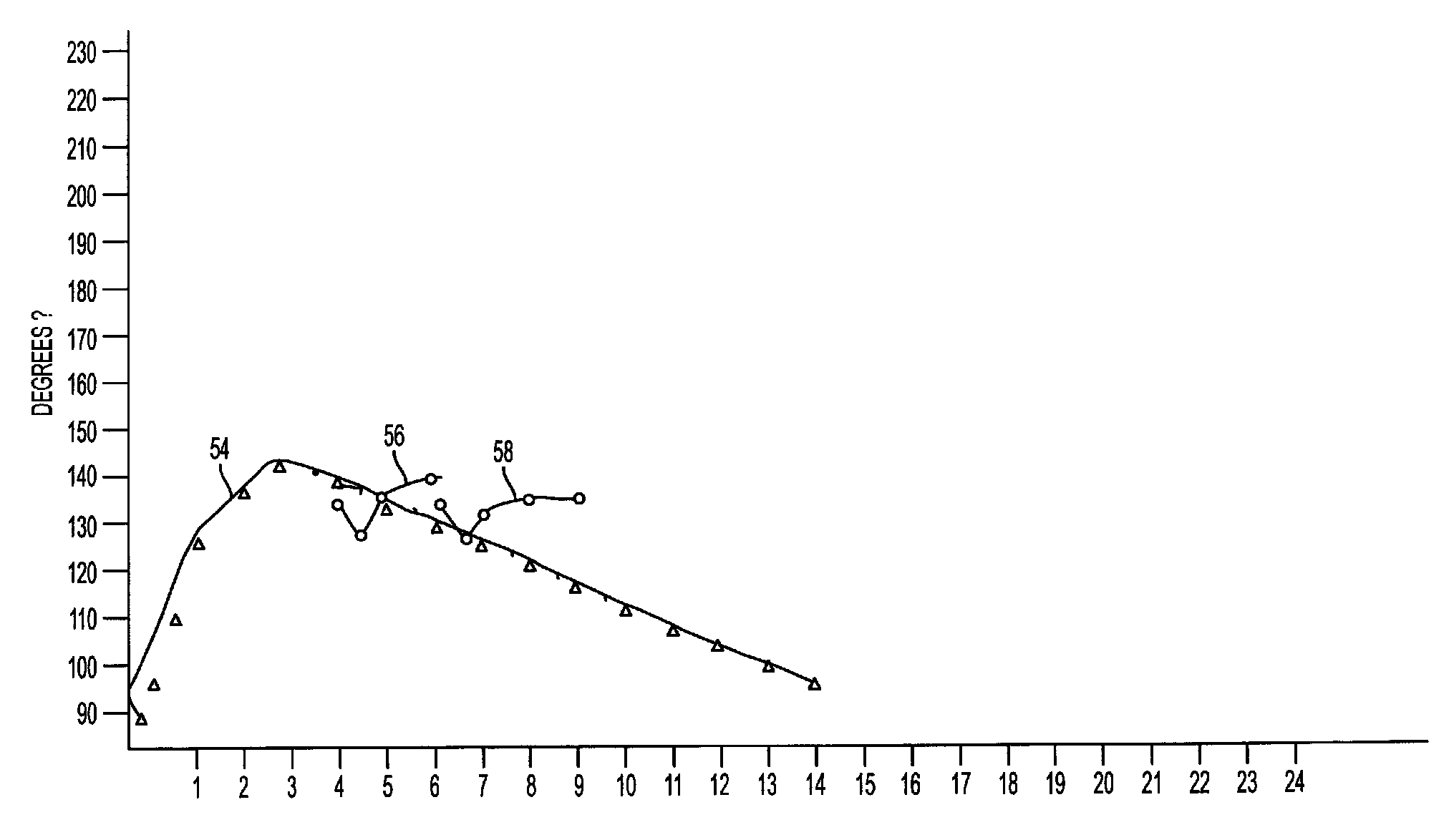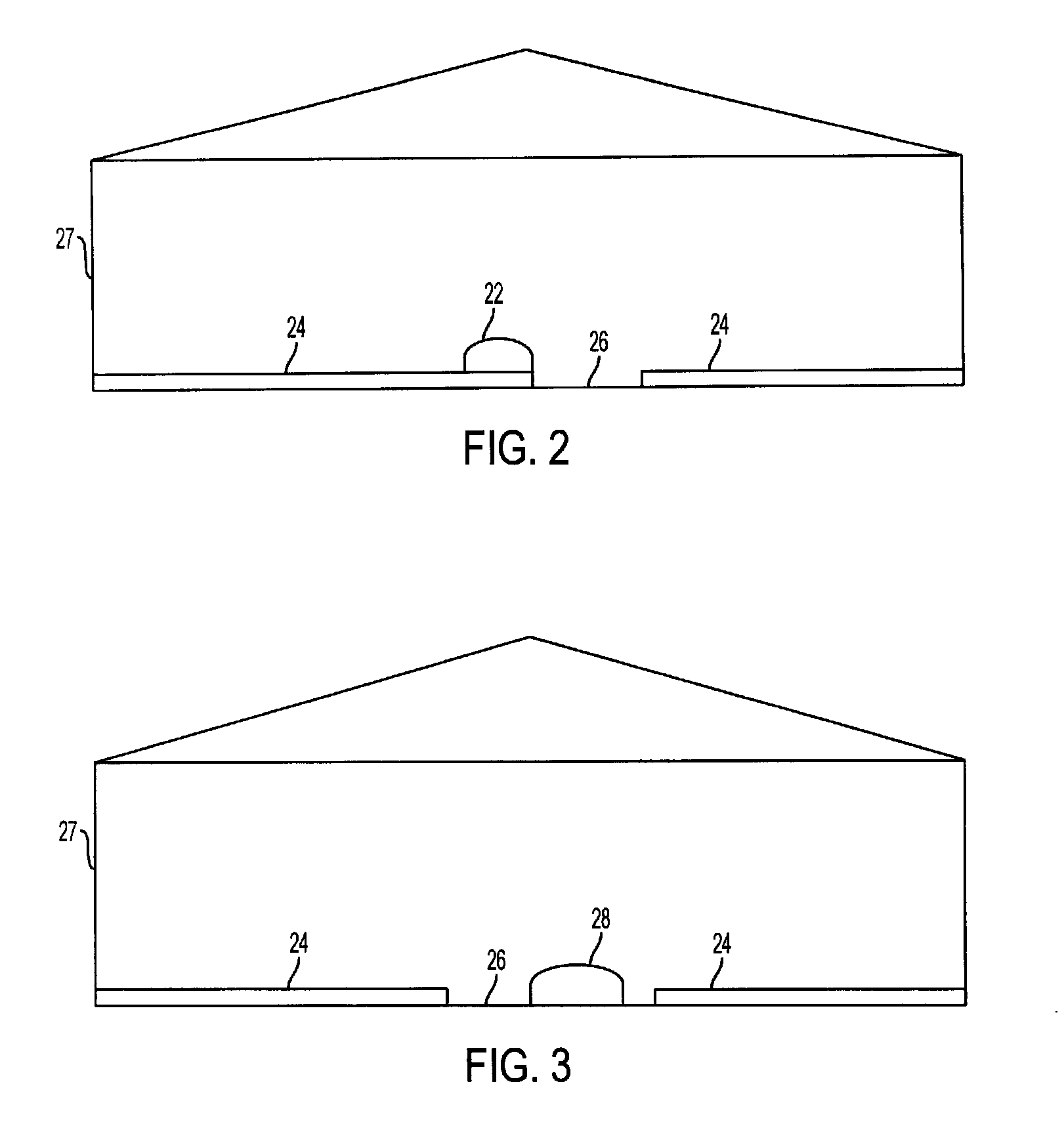Process for pasteurizing chicken litter
a technology of pasteurizing and chicken litter, applied in the field of pasteurizing chicken litter, can solve the problems of insufficient and expensive procedures, and achieve the effect of reducing pathogen level and increasing bacteria and pathogen level
- Summary
- Abstract
- Description
- Claims
- Application Information
AI Technical Summary
Benefits of technology
Problems solved by technology
Method used
Image
Examples
Embodiment Construction
[0031]Referring to FIG. 1, a machine 10 is shown having a tractor 12 and a front aerator 14. Front aerator 14 may be mounted at the rear of tractor 12 or at the front of tractor 12. The primary requisite of the aerator is that it be capable of providing an aeration of the entire windrow and also movement of the windrow 16 laterally while at the same time exposing the floor 26 of the shed 27. Several machines 10 are available for aerating and moving the windrow. A preferred machine is made by Brown Bear Corporation, Corning, Iowa.
[0032]FIGS. 2-7 show a typical shed 27. Referring to FIG. 2 the litter 24 covers the entire floor 26 of shed 27. The litter 24 can be wood chips, sawdust, or other material that is loose, but covers the entire floor 26 of shed 27. A partial windrow 22 is formed by a first pass that removes the litter 24 from the floor 26 and places it upon the litter 24 adjacent the exposed floor 26.
[0033]Referring to FIG. 3 a first windrow 28 is formed by again passing the ...
PUM
| Property | Measurement | Unit |
|---|---|---|
| temperature | aaaaa | aaaaa |
| height | aaaaa | aaaaa |
| width | aaaaa | aaaaa |
Abstract
Description
Claims
Application Information
 Login to View More
Login to View More - R&D
- Intellectual Property
- Life Sciences
- Materials
- Tech Scout
- Unparalleled Data Quality
- Higher Quality Content
- 60% Fewer Hallucinations
Browse by: Latest US Patents, China's latest patents, Technical Efficacy Thesaurus, Application Domain, Technology Topic, Popular Technical Reports.
© 2025 PatSnap. All rights reserved.Legal|Privacy policy|Modern Slavery Act Transparency Statement|Sitemap|About US| Contact US: help@patsnap.com



